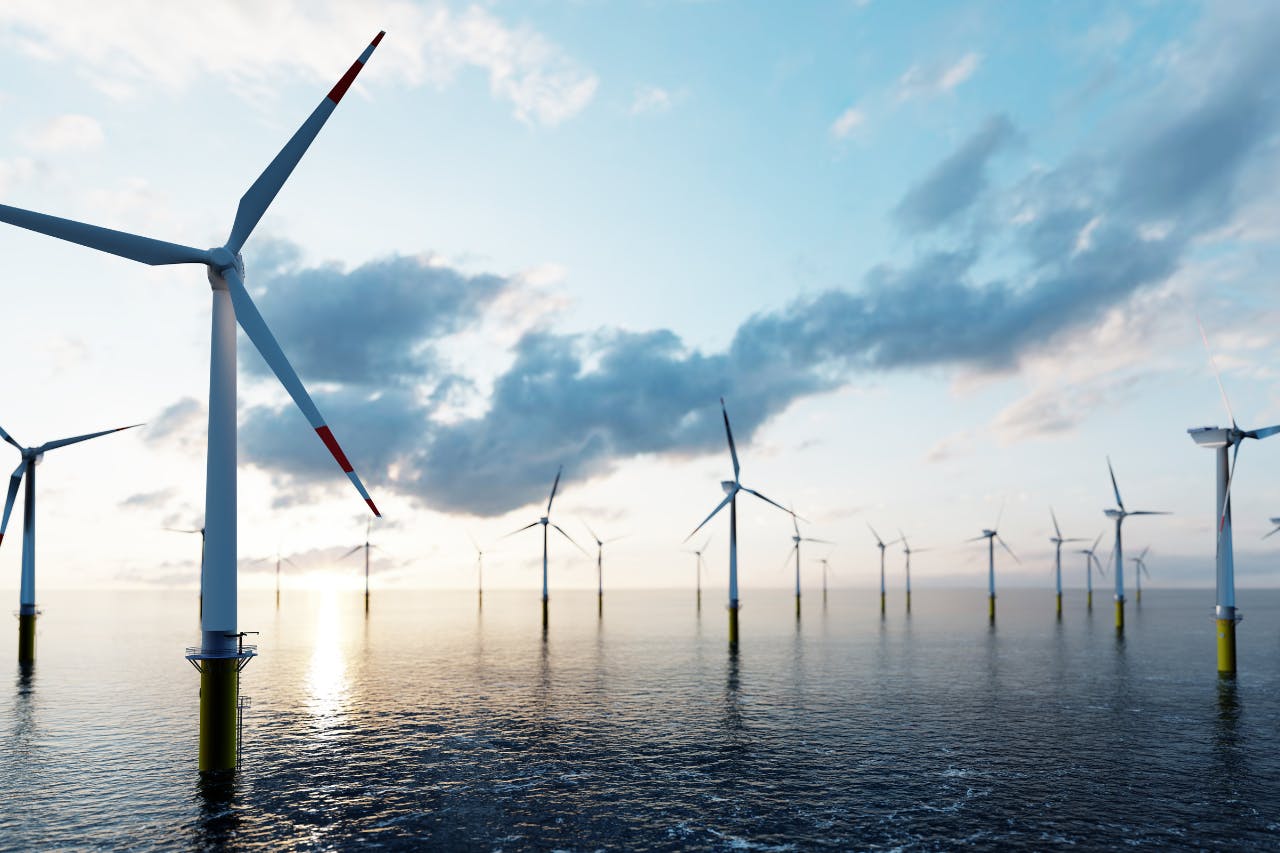Climate change and sustainability is increasingly becoming a central element of commercial decision making.
In June 2019, the UK parliament passed legislation requiring the government to reduce the UK’s net emissions of greenhouse gases by 100% relative to 1990 levels by 2050. Achieving this would make the UK a ‘net zero’ emitter – meaning that there is a balance between the amount of greenhouse gas emissions produced and the amount removed from the atmosphere.
In April 2021, the British prime minister raised the bar to set an even more ambitious new climate target – aiming for at least a 68% reduction in greenhouse gas emissions by the end of the current decade (2029).
Firms are being asked to commit to sustainable initiatives such as signing up to the United Nations Framework Convention on Climate Change Race to Zero and to build COP26 considerations into their 2021 strategic plans.
A key component to achieving such aims is to embed environmental and climate change compliance targets throughout an organisation’s supply chain. This not only reinforces environmental and climate change compliance but also mitigates against any financial and reputational risk.
It’s not just regulatory pressures that put this firmly on the agenda. Consumer attitudes to firms’ environmental impact are hardening. Almost a third of consumers claim to have stopped purchasing certain brands due to concerns about sustainability.
Consumers would like to make more sustainable choices, but lack of information about environmental impact is cited as a significant barrier to doing so. The top 3 practices that consumers value are Waste Reduction, Sustainable Packaging and Reducing Carbon Footprint.
The magnitude of the challenge can appear overwhelming but inventory management undoubtedly has a role to play.
Sub-optimal inventory management creates waste. Too much stock means unsold items – meaning wasted raw materials, wasted energy used for extraction and transport, wasted storage and wasted disposal. Too little stock leads to panic reordering, unnecessary transport and additional packaging wastage.
Inventory Optimization has a positive impact on sustainability. As we said in Sense and Sustainability, having a firm grasp on demand planning and forecasting helps organisations to minimise overstock and understock situations – which both create resource wastage. Accurate forecasting ensures optimal purchase of raw materials and minimises unnecessary transportation costs – both of which harm a company’s carbon footprint.
With the right data it is possible to go even further. Even the most trivial products have some kind of impact on the environment. Some of which is within the control of planners and buyers – for example choosing a local supplier may reduce the CO2 emissions from transport.
Incorporating information about each product’s environmental impact makes it possible to incorporate environmental and sustainability decisions into inventory optimization.
AGR clients are already using their inventory data to optimize for profitability, efficiency and improved service levels. The same advanced analytical and forecasting capabilities can incorporate additional factors and enable Wholesale, Distribution and Retail firms to make inventory optimization a vital element of their own Net Zero efforts.





